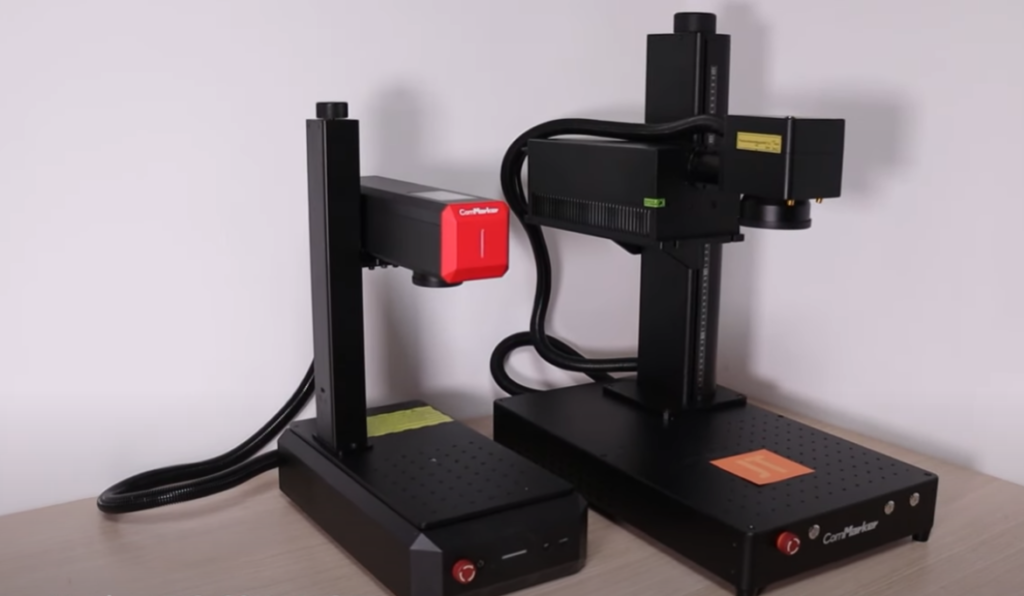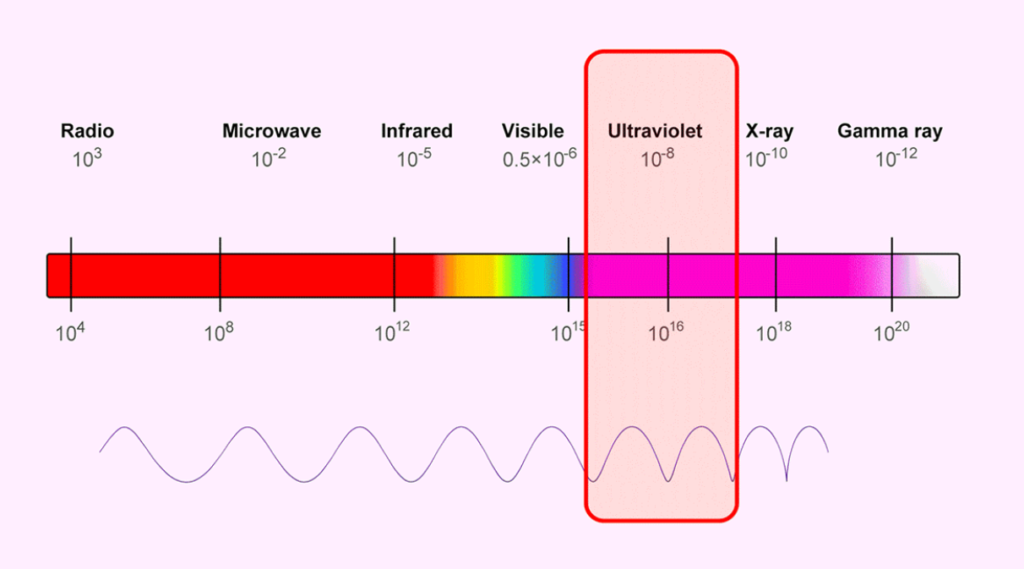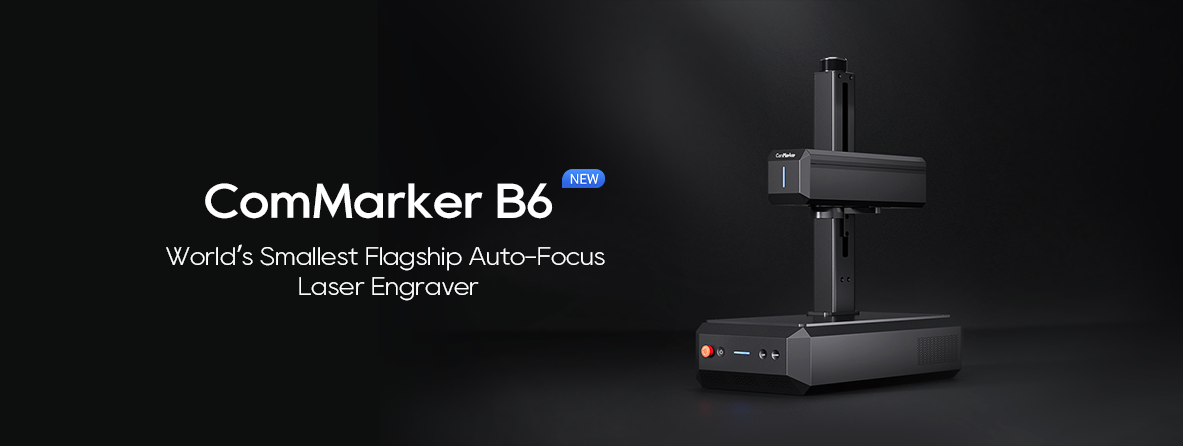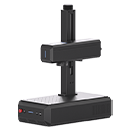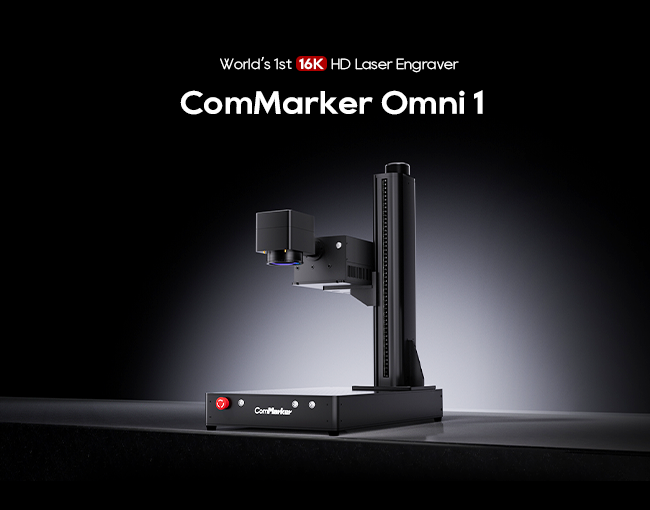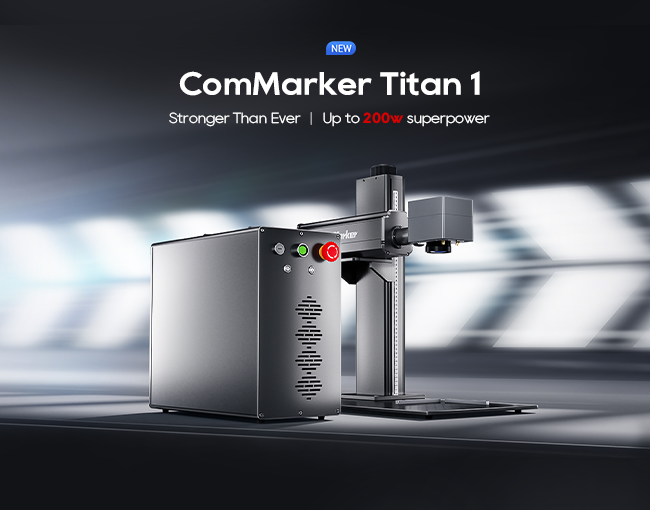When choosing between a UV laser and a fiber laser for your engraving or marking needs, understanding their differences—especially how they perform across various materials—is key to making the right decision. Both technologies have unique strengths, and their suitability depends on the materials you work with, the precision you need, and your project’s speed requirements. Under, I’ll break down how UV-lasere (355nm wavelength) and fiber lasers (1064nm wavelength) compare, with insights based on testing across all material types, to help you decide which is best for you.
Overview of UV and Fiber Lasers
UV lasere: Operating at 355nm in the ultraviolet spectrum, UV lasers use a “kald markering” process that breaks molecular bonds with minimal heat. This makes them ideal for heat-sensitive materials and high-precision tasks.
Fiberlasere: Operating at 1064nm in the infrared spectrum, fiber lasers use heat to mark or engrave, excelling on metals and durable surfaces with high speed and power.
The wavelength difference drives how each laser interacts with materials, affecting their applications and performance. The shorter wavelength of UV lasers allows for precise, heat-sensitive markings, while the longer wavelength of fiber lasers provides deep, fast engravings on tougher materials.
Key Differences and Applications
Wavelength and Material Interaction
UV lasere (355nm): The shorter wavelength is absorbed by a broad range of materials—metals, plast, glass, and organics like wood or leather. Since they minimize heat, they’re perfect for delicate surfaces where thermal damage is a concern.
Fiberlasere (1064nm): The longer wavelength suits metals and some plastics but struggles with transparent or reflective materials like glass. Their heat-based process excels on tough surfaces but can damage sensitive ones.
Precision and Detail
UV lasere: Their shorter wavelength allows for finer focus, delivering intricate details and small text with minimal material disruption. Ideal for precision work.
Fiberlasere: While precise on metals, they’re less suited for ultra-fine details on non-metals, favoring deeper, bolder marks instead. The speed and power make them perfect for high-volume tasks but less adaptable to detailed designs on delicate materials.
Speed and Power
Fiberlasere: Faster and more powerful (f.eks., 60W vs. 5W for UV lasers), they shine in high-volume metal engraving or cutting. The greater power output enables them to handle tougher materials with greater speed and efficiency.
UV lasere: Slower on metals but efficient on materials like plastics due to better absorption. Their lower power limits speed on thicker materials, but they are better suited for intricate work on more fragile surfaces.
Materialkompatibilitet: Tested Results
Here’s how UV and fiber lasers perform across all tested materials:

Metaller
- Fiberlasere: The top choice for metals like stainless steel, aluminium, messing, og kobber. They deliver deep, high-contrast engravings quickly—perfect for industrial parts or metal signage.
- UV lasere: Can mark metals but produce shallower, less contrasting results. Best for surface-level marking or heat-sensitive coated metals.

Plastics and Acrylics
- UV lasere: Excel here, marking plastics without melting or warping thanks to their cold process. Ideal for electronics housings or detailed plastic designs.
- Fiberlasere: Can mark some plastics but often cause heat-induced damage like melting, making them less reliable for delicate plastics.
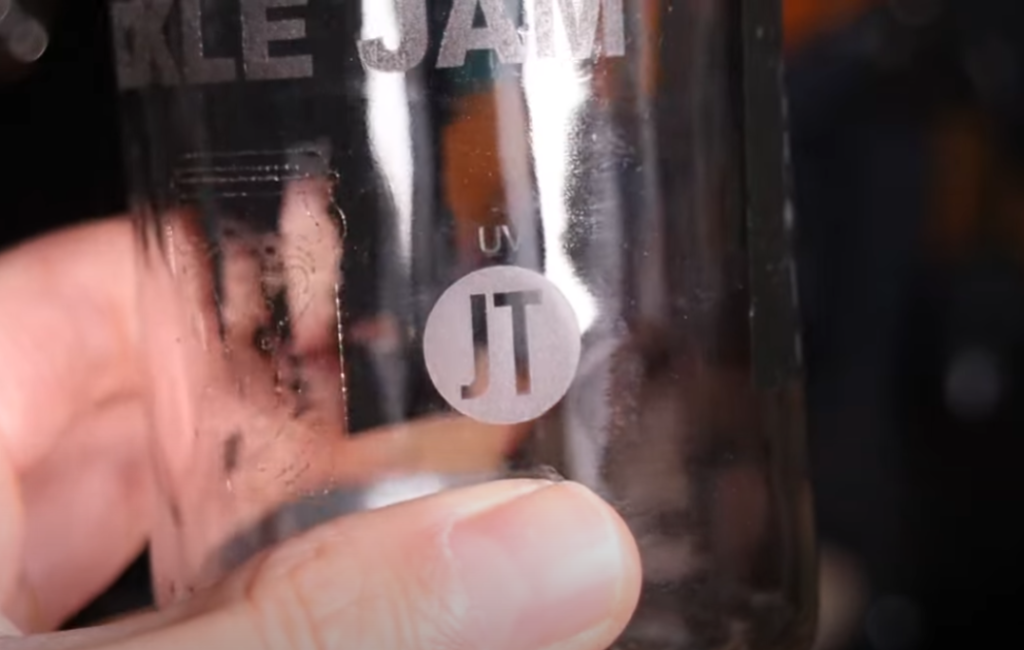
Glass and Transparent Materials
- UV lasere: Highly effective, marking glass cleanly without micro-cracks. Great for glassware or optical components.
- Fiberlasere: Ineffective—light passes through without marking, making them unsuitable.
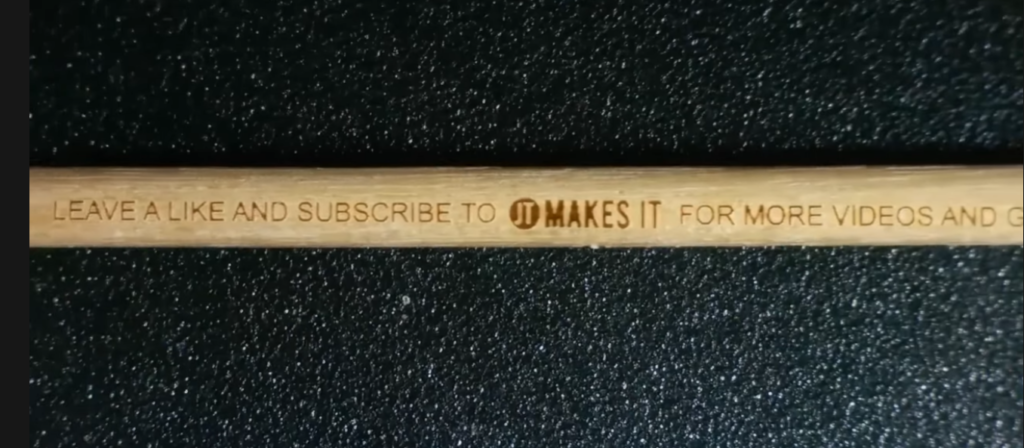
Organic Materials (Tre, Lær, Papir)
- UV lasere: Mark with precision and minimal burning, preserving material integrity. Perfect for detailed wood engravings or leather personalization.
- Fiberlasere: Can mark but often burn or char due to heat, reducing quality on delicate organics.
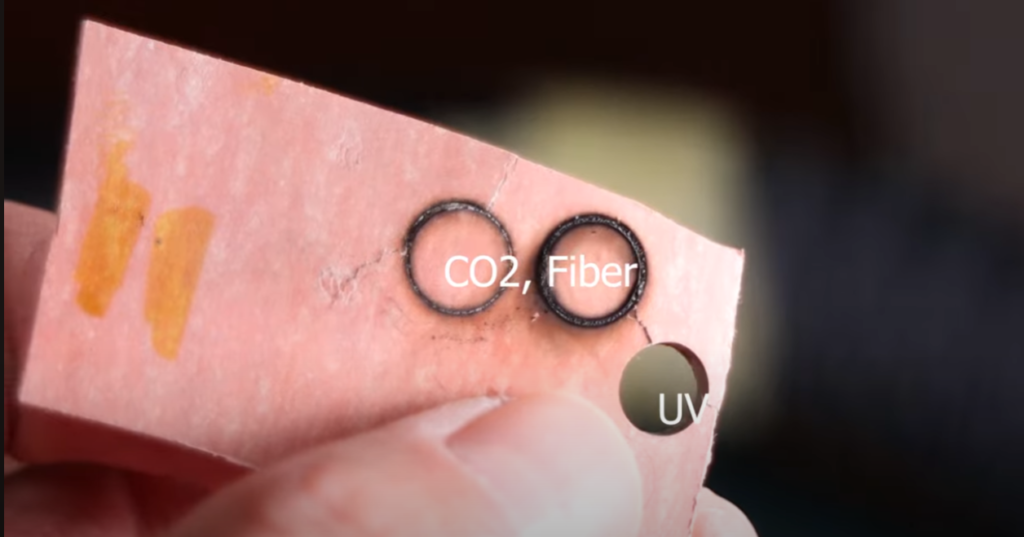
Textiles and Fabrics
- UV lasere: Mark textiles without scorching, ideal for custom fabric designs or labels.
- Fiberlasere: Risk burning or igniting fabrics, making them impractical.
Cost and Maintenance Considerations
Initial Cost:
- UV lasere: Higher upfront cost due to advanced technology.
- Fiberlasere: More budget-friendly, especially for metal-focused models.
Vedlikehold:
- Fiberlasere: Longer lifespan (10-20 år) and lower maintenance needs.
- UV lasere: Require more upkeep (f.eks., cleaning or part replacement) but remain reliable.
Which One Should You Choose?
Based on testing across all materials, here’s how to decide:
Choose a Fiber Laser if:
- You focus on metals and need fast, deep engravings.
- High-volume production is your priority.
- Budget and low maintenance matter most.
Choose a UV Laser if:
- You work with diverse materials—plastics, glass, textiles, or organics.
- Precision and avoiding thermal damage are critical.
- You need fine details or versatility across projects.
For multi-material versatility, UV lasers stand out. For metal-centric speed and power, fiber lasers win.
Final Thoughts
Both UV and fiber lasers offer powerful solutions, but your choice hinges on your materials and goals. Tested across all types, UV lasers excel in precision and versatility, while fiber lasers dominate in metal engraving speed. If you’re still unsure, test both on your specific materials or consult an expert to match the laser to your needs. Whatever you pick, you’ll have a tool tailored to your craft!




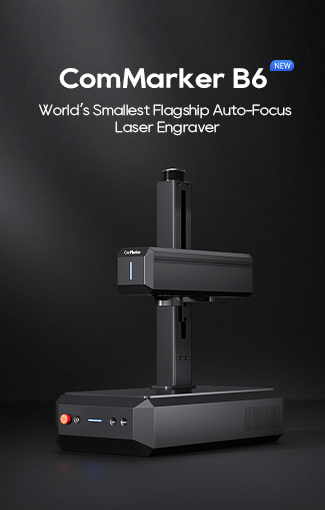
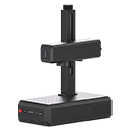
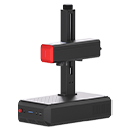
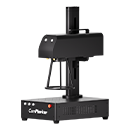
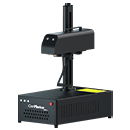
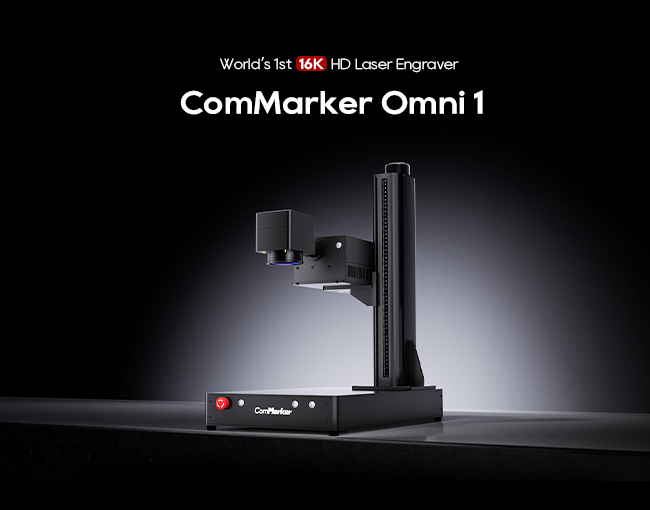
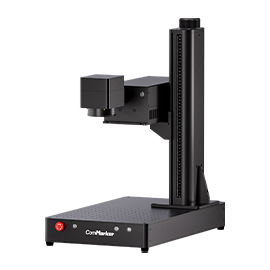

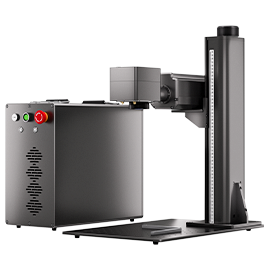
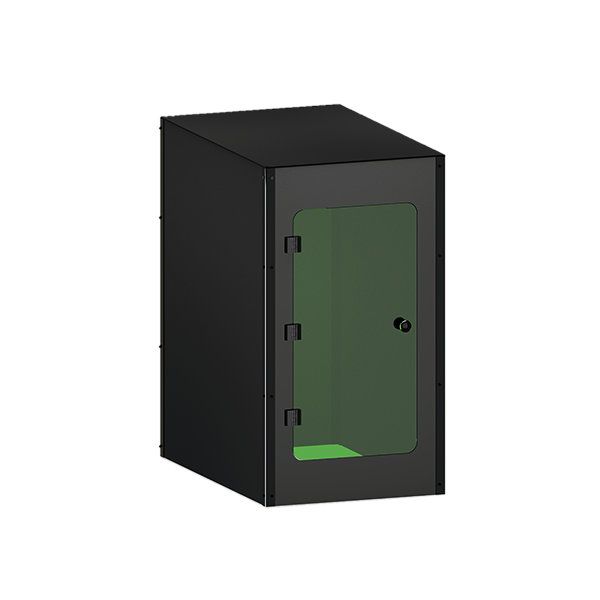
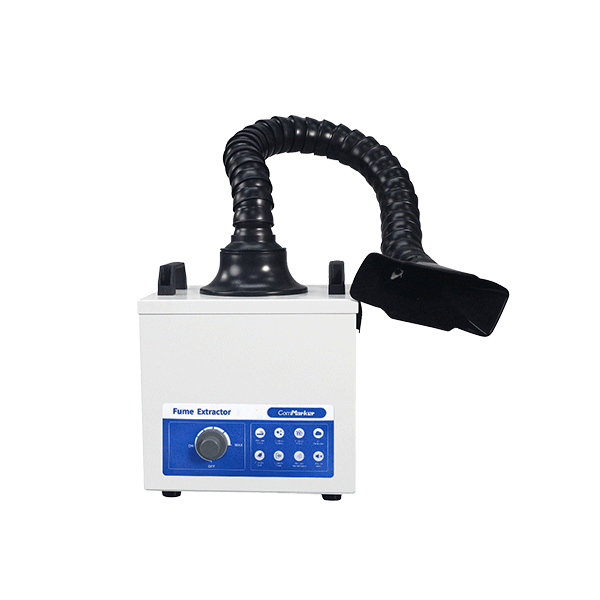
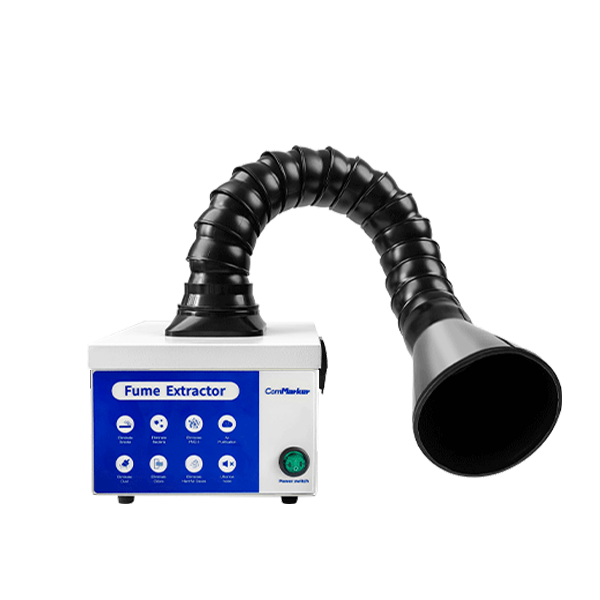
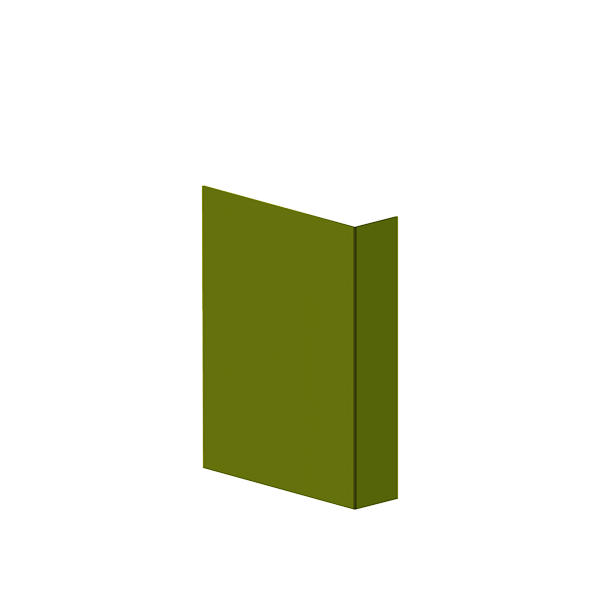
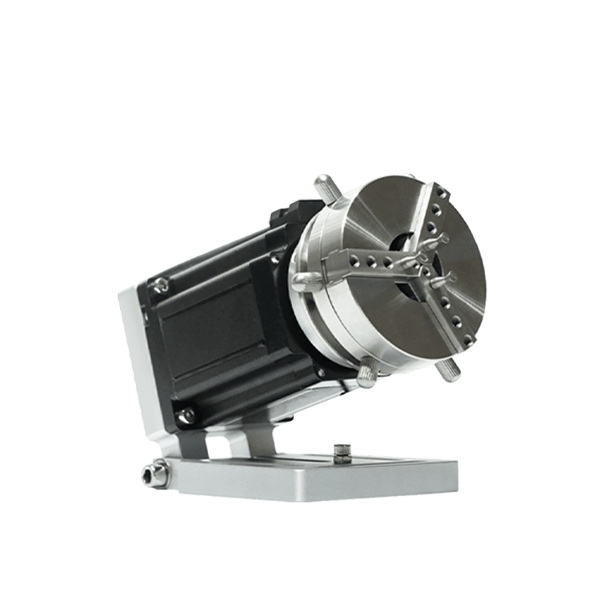
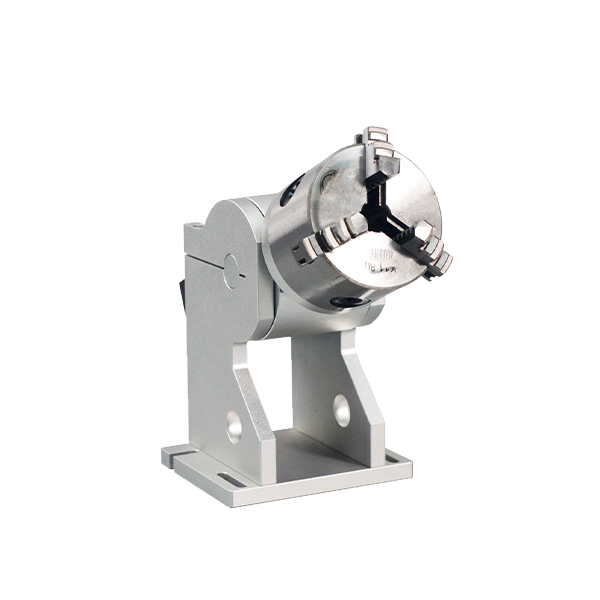
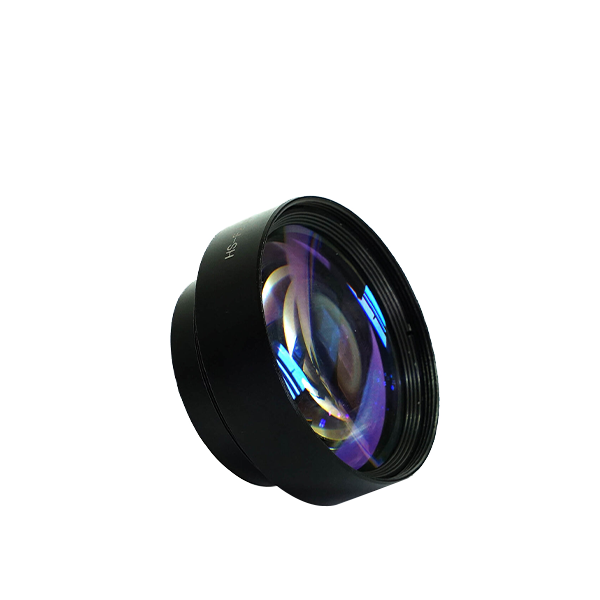
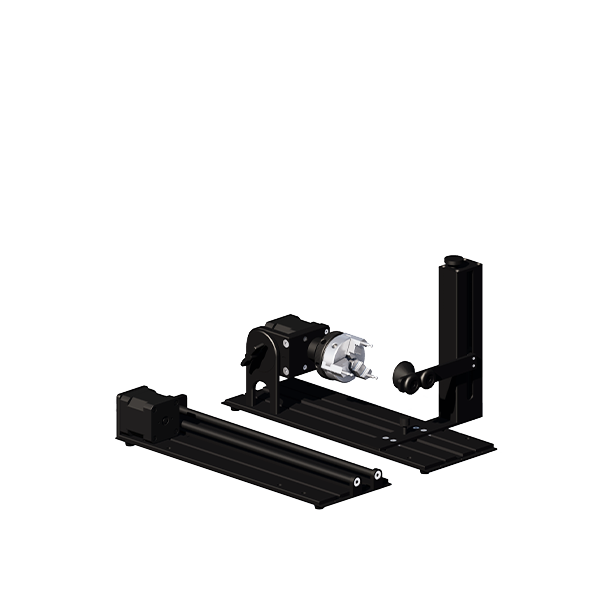
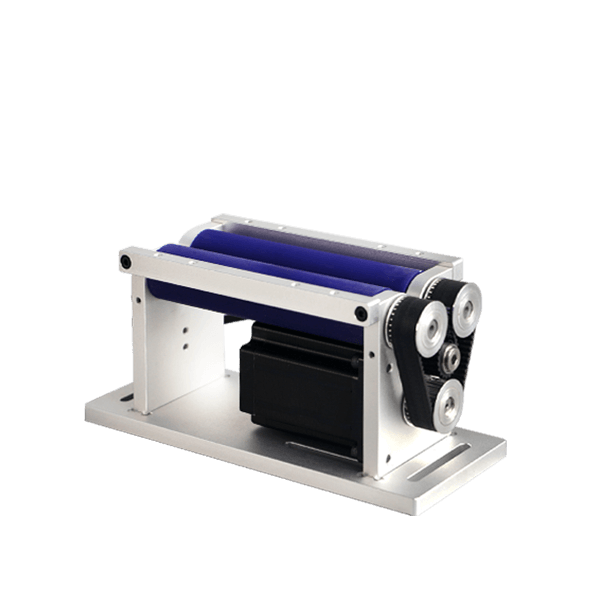
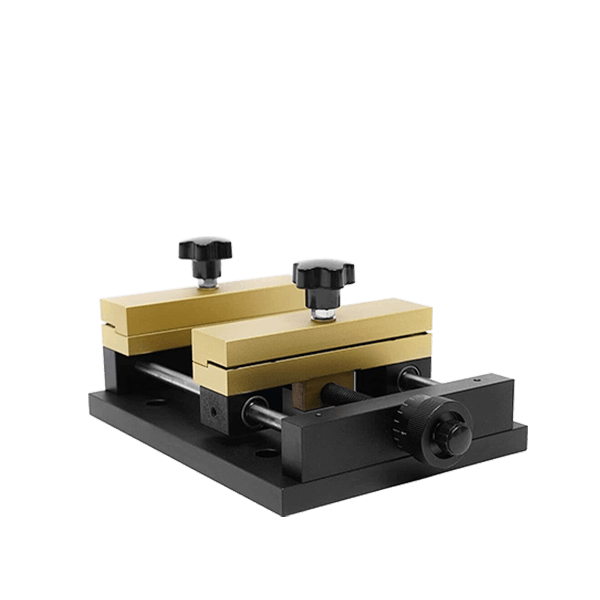
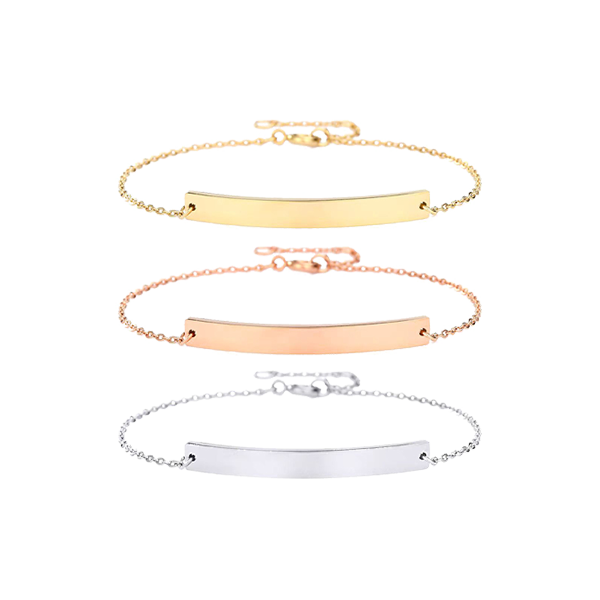
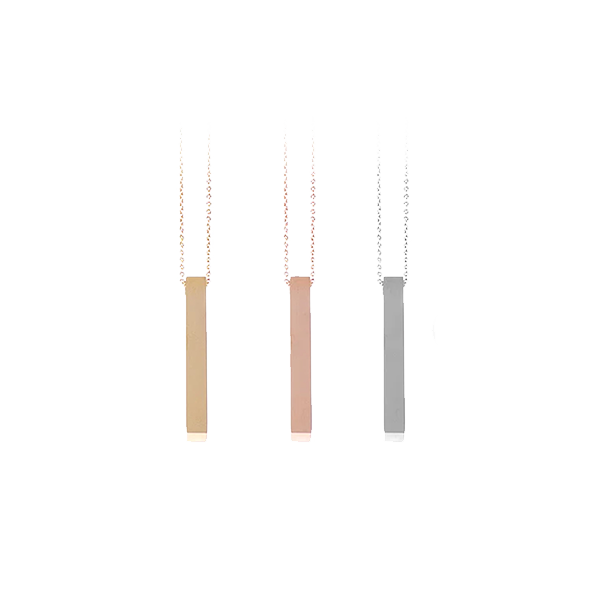
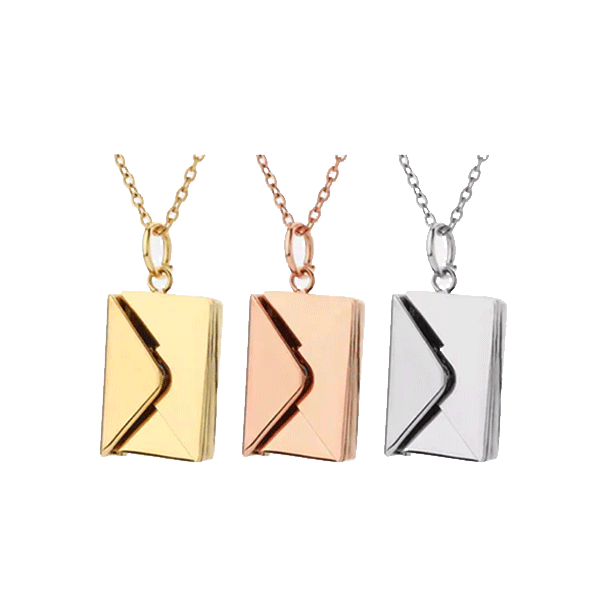
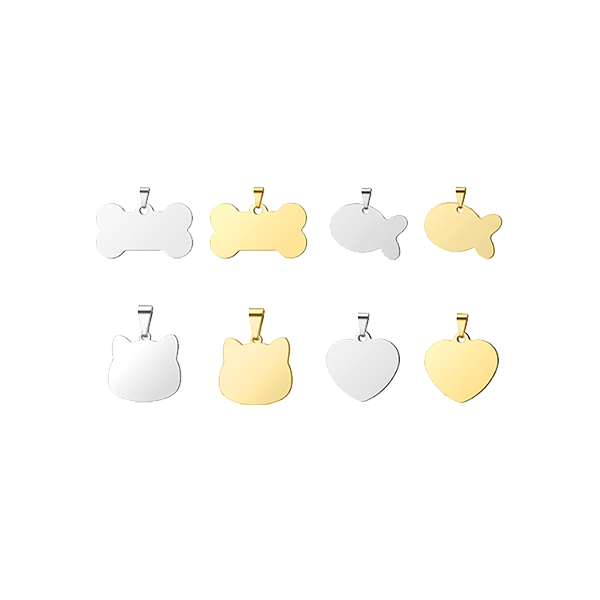





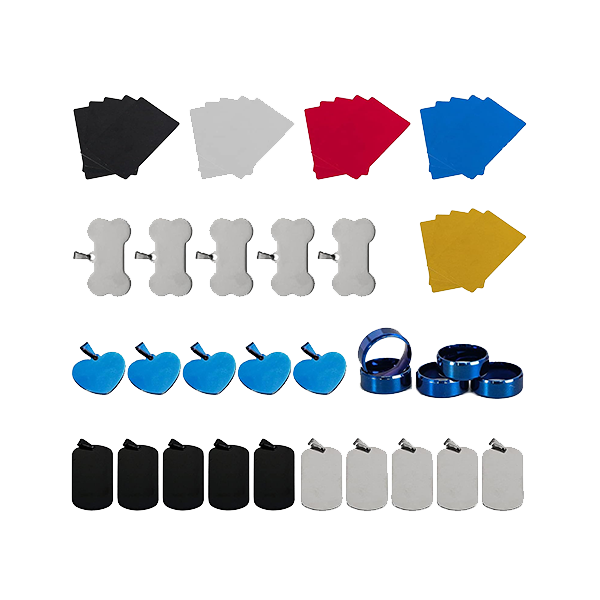
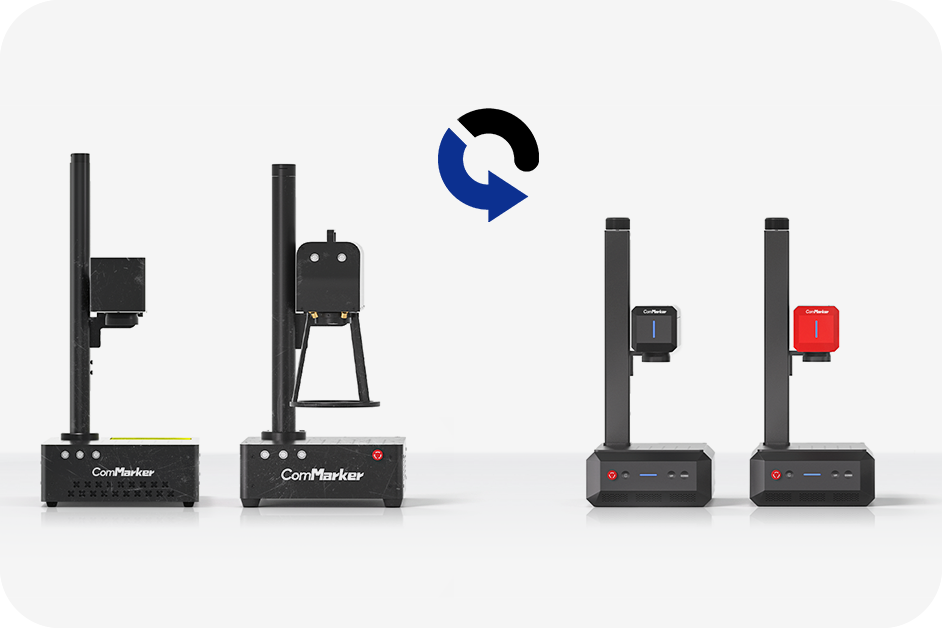
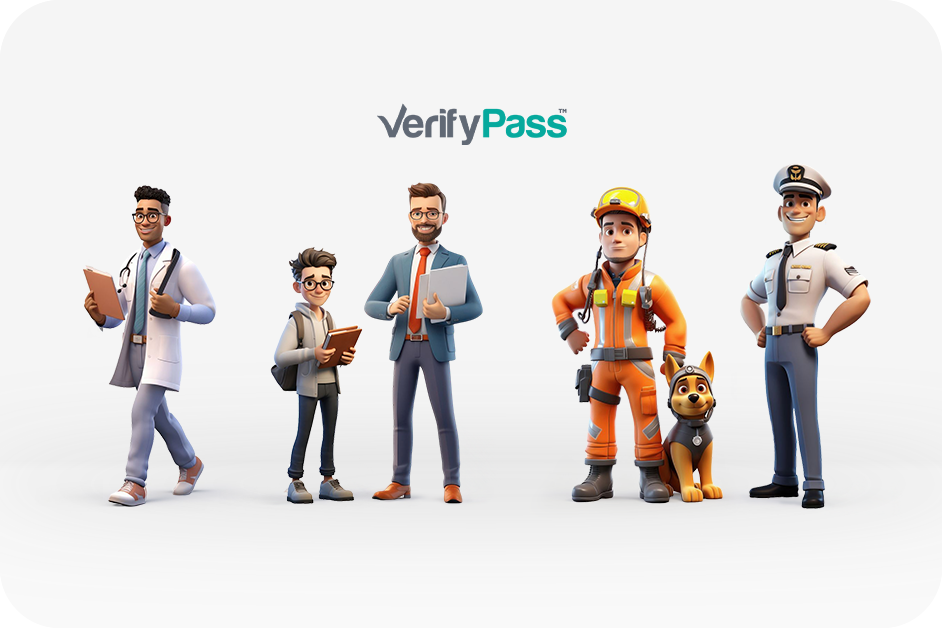

![UV -laser vs. Fiber Laser – Which One Should You Choose? [ALL MATERIALS TESTED] 1 UV Laser vs Fiber Laser](https://commarker.com/wp-content/uploads/2025/02/UV-Laser-vs-Fiber-Laser.jpg)
